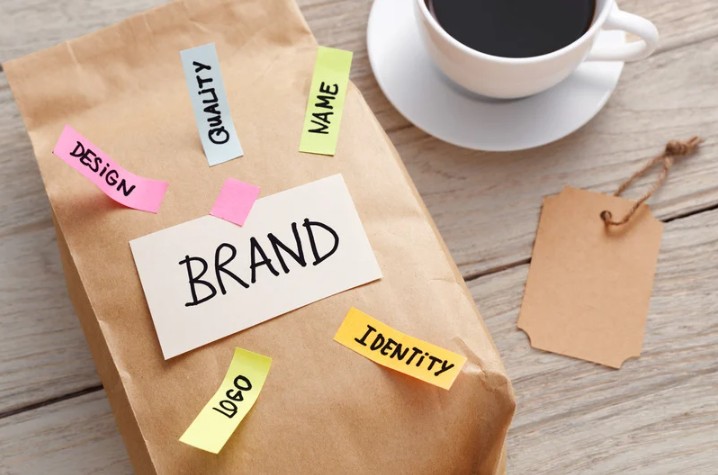more insight into our work
our company news
We only do one thing, but we do it very well. Here is where
we'll share quick updates from our
company
and special
umbrella work.

The Power of Branded Merchandise in Modern Marketing
Branded merchandise has emerged as a powerful tool in marketing, offering businesses a memorable way to connect with their audience. This guide explores the significance of branded merchandise, its key benefits, and actionable tips on implementing an effective strategy that leaves a lasting impact.
Understanding Branded Merchandise
Branded merchandise includes any product featuring a company's logo, slogan, or design elements. From apparel and accessories to practical items like mugs and notebooks, these products serve as tangible brand ambassadors. In an age where digital advertising floods consumers' screens, physical merchandise stands out by offering a personal, real-world brand experience.
Characteristics of Effective Branded Merchandise
Successful branded merchandise aligns with three core principles: quality, relevance, and appeal. High-quality products convey a sense of value and reflect positively on the brand. Relevant items, tailored to the preferences and needs of the target audience, are more likely to be appreciated and used. When consumers integrate these products into their daily lives, brand visibility increases naturally.
For example, a sleek reusable water bottle with a well-placed logo can become a constant companion, delivering ongoing exposure. Similarly, sustainable or locally sourced items can resonate with environmentally conscious consumers, reinforcing brand values.
The Evolution of Branded Merchandise
Once limited to free giveaways at trade shows, branded merchandise has evolved into a sophisticated component of marketing strategies. Companies now see it as an opportunity to craft meaningful brand experiences. Rather than simply distributing promotional products, businesses are creating limited-edition, high-quality items that consumers desire and value.
Collaborations with artists or influencers, custom product lines, and exclusive merchandise drops have become popular ways to build brand loyalty. These strategies not only drive engagement but also enhance a brand's perceived exclusivity and appeal.
Key Benefits of Branded Merchandise
1. Enhanced Brand Recognition and Recall
Branded products serve as constant reminders of a company. Every time a customer uses a branded tote bag, notebook, or hoodie, the brand gains repeated exposure. This consistent reinforcement strengthens brand recall, ensuring the company remains top-of-mind when purchasing decisions arise.
Additionally, when consumers wear or use branded items in public, they become unofficial brand ambassadors, sparking conversations and driving organic word-of-mouth marketing.
2. Cost-Effective and Long-Lasting Marketing
Compared to digital ads or TV spots with short lifespans, branded merchandise offers prolonged exposure. A well-made product can remain in circulation for months or even years, providing ongoing brand visibility at no additional cost. This makes it a cost-effective marketing investment with the potential for significant returns.
3. Fostering Customer Loyalty and Engagement
Offering branded merchandise as a gift or incentive can strengthen customer relationships. Loyalty programs, promotional giveaways, and exclusive merchandise drops are excellent ways to reward existing customers while attracting new ones. Personalizing these experiences further enhances brand affinity and customer satisfaction.
Building a Successful Branded Merchandise Strategy
1. Align Products with Your Brand Identity
Choose merchandise that authentically represents your brand values and resonates with your target audience. If sustainability is a core value, consider eco-friendly materials or reusable products. A fitness brand may opt for branded water bottles, yoga mats, or gym bags, reinforcing its identity.
2. Understand Your Audience
Conduct surveys, gather feedback, or study customer behavior to determine what products your audience values most. Offering items they’ll genuinely use and appreciate increases the likelihood of your merchandise making a lasting impression.
3. Track and Measure Impact
Evaluate the success of your branded merchandise campaigns using key metrics like customer engagement, sales growth, and brand visibility. Tools like customer surveys, social media monitoring, and sales data analysis provide insights into the campaign’s effectiveness. Adjust future strategies accordingly to maximize results.
Final Thoughts
Branded merchandise is more than just a promotional product — it’s a strategic marketing asset that builds brand recognition, fosters customer loyalty, and delivers tangible ROI. By thoughtfully selecting quality products that align with your brand identity and resonate with your audience, you can create meaningful connections and drive long-term business growth.
